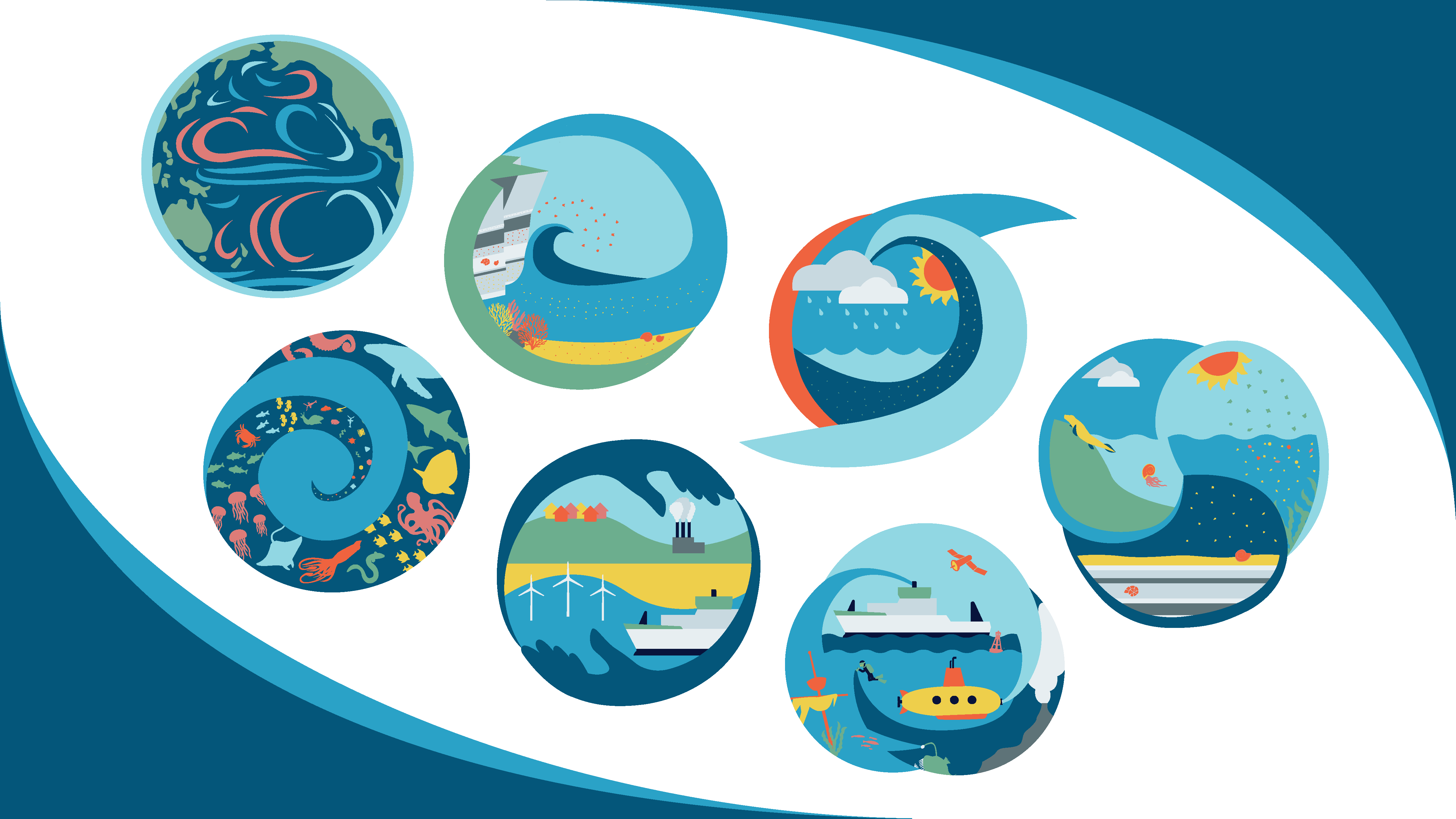
Recognizing Our Ocean this Month
The ocean is a life force for our planet. It produces over half of the world’s oxygen and stores 50 times more carbon dioxide than our atmosphere. It produces over half of the world’s oxygen and stores 50 times more carbon dioxide than our atmosphere. It covers over 70% of the Earth and contains over 96% of our planet’s water.
The ocean regulates our climate and weather patterns by transporting heat from the equator to the poles. The ocean protects our coastlines with coral reefs and coastal ecosystems like mangroves and marshes. The ocean provides ingredients for many things that we use every day — including food and items at your local grocery store.
-Nicole LeBoeuf, Assistant Administrator for NOAA’s National Ocean Service
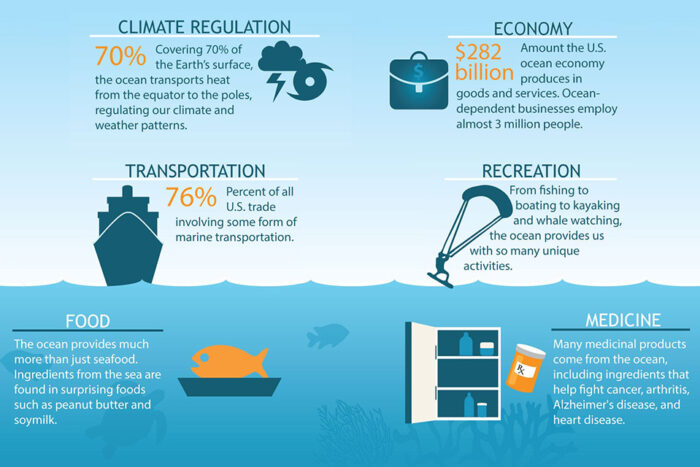
Every June, the United States observes National Ocean Month. By taking time to celebrate the ocean, we can reflect on our connection to the ocean and the steps we can take to protect and conserve it.
You might have heard the term “Ocean Literacy” before, but what does it really mean and why is it important? Ocean Literacy is an understanding of the ocean’s influence on you — and your influence on the ocean.
An ocean literate person understands the seven essential principles and fundamental concepts of Ocean Sciences, can communicate about the ocean in a meaningful way, and is able to make informed and responsible decisions regarding the ocean and its resources. Everyone should be ocean literate, regardless of where they live.
If you’re still in the classroom this month, here are a few ocean-related resources to check out. If you’re done for the summer, woohoo! File these for later.
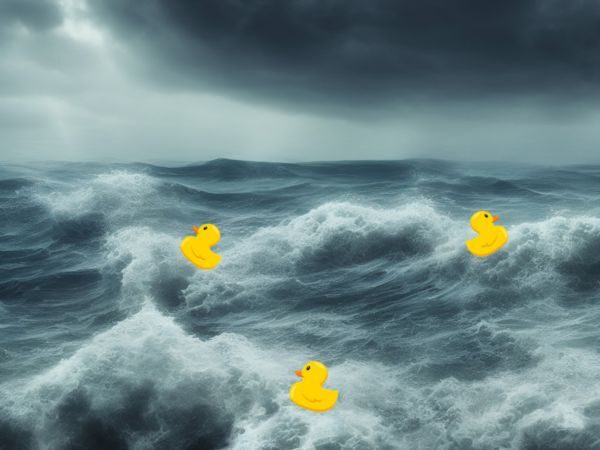
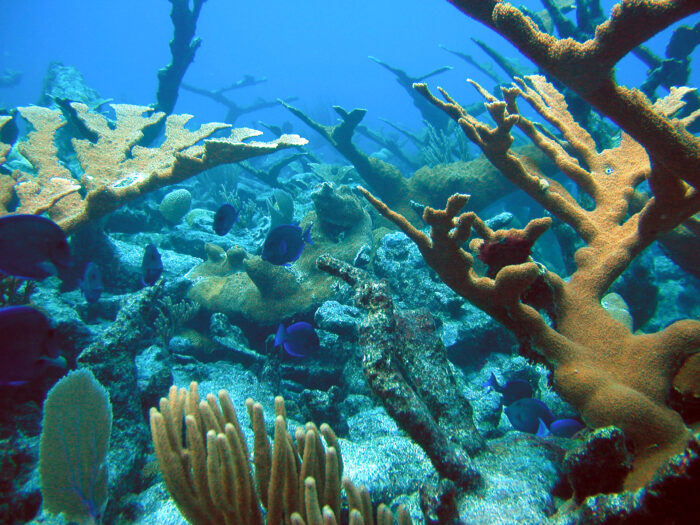
Exploring Ocean Mysteries
What do world-traveling rubber duckies, biodiversity in the deep sea, climate change, and the last great unexplored area on Earth have in common? The critical need for ocean literacy! The new Exploring Ocean Mysteries curriculum, targeted to middle grades, makes it easy to teach the seven Ocean Literacy Principles while meeting NGSS, Common Core, and Climate Literacy standards. Using the National Marine Sanctuary System as an engaging backdrop, the lessons help students understand their importance for exploration, research, Indigenous cultures and more. The lessons are also available in Spanish. Learn more in this recorded webinar.
NOAA’s National Ocean Service Resources
Find infographics, podcasts, videos, ocean facts, and more in this collection by the National Ocean Service. The website divides resources into weekly themes including the Blue Economy, Ocean Equity & Access, to Conservation/Restoration, and Coastal Resilience. Click here to view the resource collection.
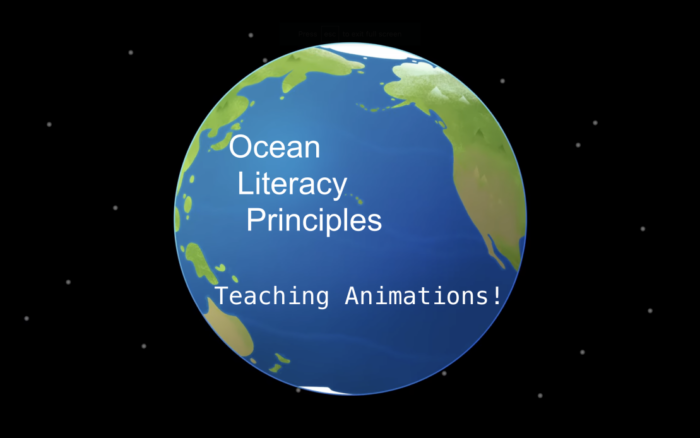
Seven Ocean Need-to-Knows
In honor of National Ocean Month, and with funding from the National Marine Sanctuary Foundation, Nautilus Live created these teaching animations based on The Ocean Literacy Framework, developed by many scientists and educators from the ocean sciences education community. Find all the animations here.
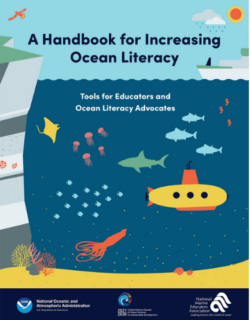
Dive Deeper
If you’d like to dive deeper into the ocean literacy principles, check out the newly revised A Handbook for Increasing Ocean Literacy Tools for Educators and Ocean Literacy Advocates.
This resource is intended to help you teach, learn, and communicate about the ocean. Ocean literacy has been integrated into the goals of the United Nations Decade of Ocean Science for Sustainable Development (2021-2030) and this handbook was recognized as a contribution toward achieving “…the ocean we want” now and in the future.
